Toyota RHD all models. Model range of Toyota cars
Toyota - brand history:
Toyota Jidosha Kabushiki-gaisha, or simply Toyota for short, is the largest automaker in the world. The history of this company, like most others, did not begin at all with cars, but with looms. Only in 1933, the son of the founder of Toyota, Kiichiro Toyoda, decided to build his first car, going to Europe.
The government approved such a bold and adult decision, as it really needed good inexpensive cars to use them in the war with China. In 1933, Toyota Motor Company created its first engine, the Type A, which was then installed in a car A1 models and G1 truck.
During World War II, Toyota went into the business of making trucks for the army, and only the premature end of the conflict saved the company's Aichi factories from a planned Allied bombing raid. After the war, Toyota resumed production, but achieved great success only thanks to the production trucks and buses, not cars. In 1947, Toyota released the SA model car, also known as the Toyopet.
The SF model, which had a 27 horsepower engine, achieved good success. A more powerful RH model, which already had 48 hp. with., was soon released from the factory. By 1955, Toyota was producing more than 8,000 cars a year. In the same year, Toyota releases a luxury jeep Land Cruiser.
In 1957, Toyota first introduced its cars to America and built its first factory in Brazil in 1959.
In the 70s, because of the sharply raised gas prices, Toyota had to switch to the production of small cars. Toyota Corolla - became the best car of this class and gained immense popularity in America.
In the 80s, car sales in America began to decline and then it was decided to create a new company, Lexus, which made luxury cars.
By the early 90s, Toyota vehicles had become synonymous with "reliability" and "cheap maintenance" and gained immense popularity around the world. Especially for a younger audience, the MR2 and Celica models were released.
Now, Toyota has focused on making clean engines and has put almost all of its energy into electric motors, the Toyota Plug-in HV being the tentative name for this car.
Toyota is a world famous brand of Japanese cars. It ranks second in terms of production and sales among automakers. The full name of the company is Toyota Jidosha Kabushiki-kaisha. It is the only car manufacturer that is among the top ten most famous brands in the world. Today, Toyota also includes the Lexus and Scion brands. All Toyota brands are different high quality assembly, reliability during operation, low cost of maintenance.
Company development history
The history of the Toyota company begins with the production of looms. Kiichiro Toyodo, the son of company founder Sakichi Toyoda, went to Europe in 1930 and decided to build his own internal combustion engine. From this moment begins the history of car production.
In 1934, the company's specialists had already created the first Toyota Type A engine. And already in 1936, the first car "Model A1" was produced (later it was called AA). In the same year, the first delivery of four Model G1 trucks went to China.
1937 is considered the founding date of Toyota Motor Co., owned by Kiichiro Toyoda. He separated from his father's business and created his own company. From their surname the name of the whole concern came. Kiichiro only changed one letter.
During the Second World War, the company switched to the production of military trucks. To increase the volume of delivery, all models were simplified as much as possible. For example, instead of two headlights, only one was installed.
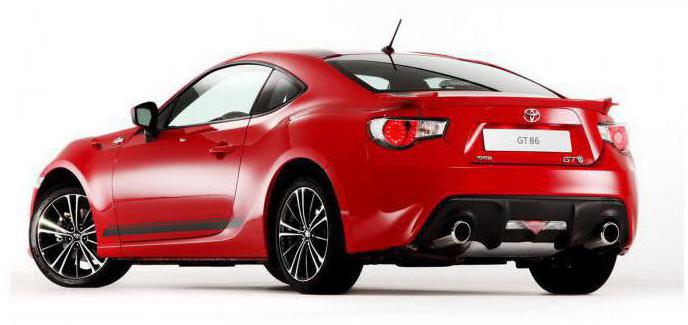
After the war, sharing experience and knowledge with specialists from Porsche and Volkswagen, Toyota in 1947 produces a civilian car Toyota SA.
The company's products quickly conquered the market. Already in 1957, the company delivered a car
1962 is known for the release of the millionth car under this brand. And already in 1963, the first Toyota car was produced outside the country (in Australia).
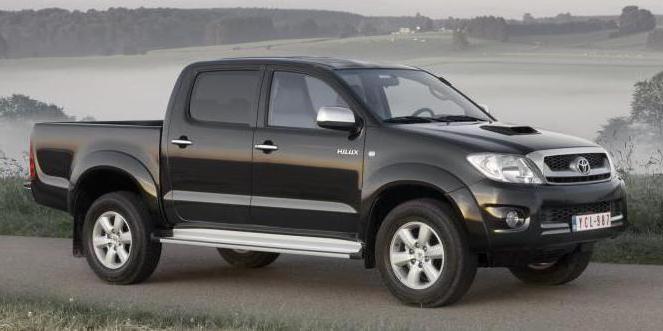
Further development of the company is proceeding at an accelerated pace. New brands of Toyota cars appear on the market almost every year.
In 1966, one of the most popular cars of this manufacturer, the Toyota Camry, was released.
Significant for the company was 1969. This year, the company's sales reached one million cars in 12 months sold on the domestic market. In addition, the millionth Toyota car was exported in the same year.
For a younger buyer in 1970, the company produced a Toyota Celica car.
Thanks to the product's popularity and high sales volumes, Toyota continued to make a profit even after the international oil crisis in 1974. Cars of this brand are of high quality and a minimum number of defects. Achieved in production high level labor productivity. Calculations made in the late 1980s showed that there were several times more cars produced for each employee of the company than at competing enterprises. Such indicators interested competitors who sought to find out the "secret" of the plant.
Also in 1979, Eiji Toyoda became chairman of the board of directors. Under his leadership, negotiations began with General Motors on the joint work of the companies. As a result, New United Motor Manufacturing Incorporated (NUMMI) was formed, which began to produce cars in Europe according to the Japanese system.
In the 90s, the share of Toyota cars in the markets of Europe, America, India and Asia increased significantly. At the same time, the model range has also increased.
All Toyota brands
Throughout its history, the company has produced more than 200 car models. Many models have several generations. All Toyota brands are listed below:
car model |
|||
| Allion | |||
| Alphard | |||
| Altezza | |||
| Altezza Wagon | Land Cruiser Cygnus | ||
| Aristo | Land Cruiser Prado | ||
| Aurion | |||
| Avalon | Lexus RX400h (HSD) | ||
| Avensis | |||
Mark II Wagon Blit | |||
Mark II Wagon Qualis | |||
Crown Royal Salon | |||
Camry Gracia Wagon | |||
Model Features
Toyota SA, unlike its predecessors, already had a four-cylinder engine. An independent suspension was installed. The overall design was already more like modern models. It can be compared with which in its properties is similar to the properties of "Toyota"-mark.
Released and exported to the United States in 1957, the Toyota Crown differed in performance from previously released models. They were equipped with a 1.5 liter engine.

The SF car model differed from the previous ones with a more powerful engine (27 hp more).
With the increase in gas prices in the 70s, the company switched to the production of small cars.
Modern Toyota models
New Toyota brands can be divided by type:
- Among the sedans stand out "Toyota Corolla" and "Toyota Camry".
- Hatchback Toyota Prius.
- SUVs Toyota Land Cruiser.
- Crossovers Toyota RAV4, Toyota Highlander.
- Minivan Toyota Alphard.
- Pickup
- Hiace.
All Toyota brands are distinguished by time-tested comfort and quality.
World demand for minivans is gradually falling: crossovers are entering the scene. It happens in Europe, in the USA, in Russia... but not in Japan. There are a lot of different vans on the local market, and they are in no hurry to give their share to off-road vehicles. Which is not surprising: rural expanses in the Country rising sun it’s not enough, it’s difficult to meet snowdrifts in the yard, and it’s expensive to jump over curbs for parking because of high fines. Why do we need crossovers then?
Three pillars of the Japanese minivan segment are Toyota Noah (as well as its close relative Voxy), Nissan Serena and Honda StepWGN. The leaders, as you might guess, are Toyota products, although the other two have their own audience. Structurally, they are similar to each other: stretched bases from a golf class, up to eight seats, mediocre engines, a variator and an optional all-wheel drive. The main buyers are, of course, heads of families and their wives.
1 / 3
2 / 3
3 / 3
Russian trace
Given that minivans are a niche product that is gradually disappearing from car dealerships, those who want to buy just such a car, and not a pseudo-SUV, go to gray dealers or distillers. There are a huge number of Japanese vans on the market, from models from the 80s to the latest, including the above trinity. The largest selection, of course, on Far East, but you can pick up a car in both capitals.
kei cars
Just as America is unthinkable without big pickup trucks, Japan wouldn't be Japan without kei cars. In 2013, 40% of new car sales came from these tiny cars. In the late forties, when the country was bled dry by war, the authorities created a standard for ultra-small cars no more than 2.8 meters long, no more than a meter wide and with an engine capacity of no more than 0.15 liters. Such machines turned out to be very cheap to manufacture and made it possible to quickly transfer the nation to four-wheeled vehicles from horse-drawn carts and motorcycles.
Now the Japanese have no need to stimulate motorization, but the concept of a kei car remains. The goals have changed: in the 2000s, the authorities stimulated the development of this segment in the name of reducing parking spaces, saving fuel and reducing harmful emissions. Therefore, a reduced transport tax was established for small cars and other benefits were provided. The limiting characteristics of kei cars have been constantly increasing since 1949, and since 1998, the length cannot exceed 3.4 meters, the width is 1.48 meters, and the engine displacement is 0.66 liters.
Although the problems of traffic jams and pollution environment are still relevant for Japan, the authorities decided to reduce the attractiveness of buying such vehicles by raising the transport tax on them immediately by 50%. The reason is simple: Japanese manufacturers spend a lot of money on the development of key cars, and the potential sales market is small: no one needs such micromachines abroad. To reduce their financial losses, officials decided to move towards getting rid of the dominance of key cars. The Japanese themselves, however, are not happy with this turn of events.
Obviously, the segment of micromachines is unlikely to collapse in the coming years due to the fairly high domestic demand. True, it is very possible that instead of today's diversity, we will see a single platform for all manufacturers, on which they will build slightly different bodies. There are already prerequisites for this. What do you want? This is the global economy.
The kei car audience is very diverse. It is made up of young people, women and simply not very rich Japanese who want to travel inexpensively in their own transport. Also, key cars with cargo platforms and spacious bodies are popular with businesses: farmers take their products to the market on them, and logistics companies deliver documents and parcels.
Russian trace
During the dominance of the right-hand drive beyond the Urals, a lot of kei cars were imported into Russia, and there are many of them on the secondary market, although the vast majority of them are concentrated in the Far East. There, "cute" and "kawaii" cars are very much appreciated by girls and just lovers of extravagant style. You will not find a single typical Japanese car among the new models - there are not enough hunters in our country to buy cars with a 0.66-liter engine.
Other models of the Japanese market that are not officially imported into Russia:
Toyota
Toyota Velfire. A minivan that differs from the Alphard known to us in Russia by a more brutal youth design.
Toyota Premium. Sedan, standing between the Corolla and Camry, the heir to the Carina and Avensis.
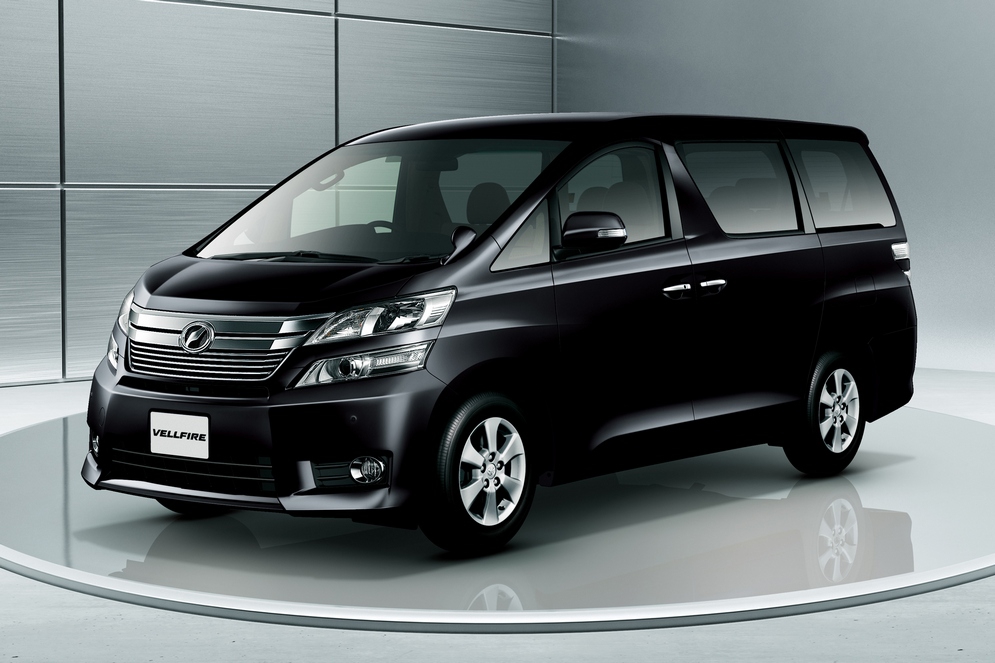

Toyota Allion. The closest relative of Toyota Premo, sharing the entire aggregate base with it, but aimed at a youth audience and decorated accordingly.
Toyota Corolla Axio. Under this name, Toyota sells a sedan, known to us as "just a Corolla."
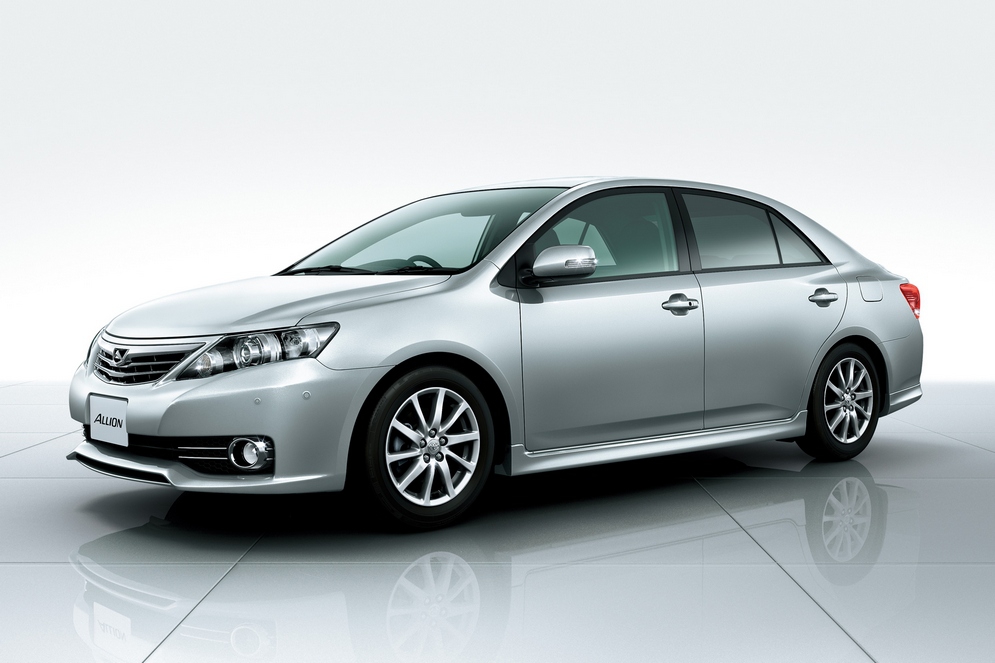

Toyota Corolla Fielder. Fielder is the Japanese designation for a station wagon Corolla.
Toyota Sai. A richly equipped hybrid sedan based on the Avensis, an analogue of the American Lexus HS.


Toyota Century. Toyota's flagship sedan for true conservatives, as the design has changed little since 1967. The only carrier of the 5-liter unique Japanese V12 engine.
Toyota Mark X. An alternative for those who like the Camry's dimensions but would like rear-wheel drive, more power and more luxury. The heir to the "same" Mark II.


Toyota Avensis. Now only a wagon is sold under this name, proudly referred to as the European style wagon.
Toyota Prius Alpha. It would be strange if the range of the popular hybrid model was not supplemented with a station wagon.

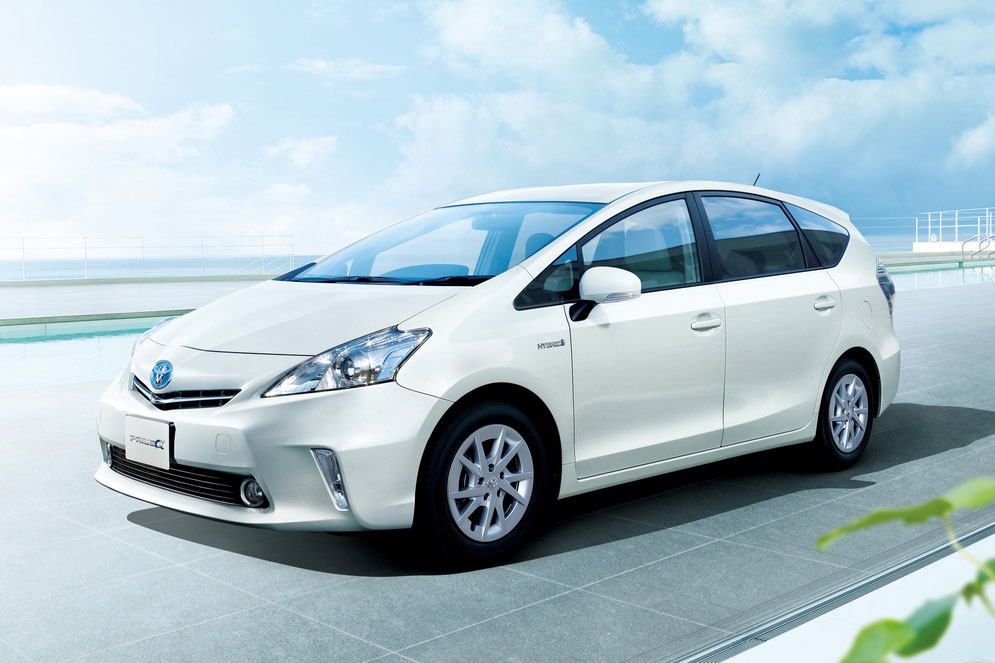
Toyota Isis. Large seven-seater minivan, famous for its panorama open door design: on the left passenger side, the B-pillar is shifted back, which creates a huge opening when the front and tailgate were open.
Toyota Wish. Compact and inexpensive van based on Toyota Allion.


Toyota Estima. The second largest minivan in Toyota's lineup after the Alphard/Vellfire pair. It also has a hybrid version.
Toyota Sienta. Small van with three rows of seats, huge sliding doors and avant-garde design in the style of the old Renault Twingo.


Toyota East. A small city hatch that looks like a crossover and has an optional all-wheel drive.
Toyota Vitz. The subcompact hatchback known around the world as the Yaris.


Toyota Corolla Rumion. From the tenth generation Corolla, both the platform and the aggregate base were taken, and on top of this, a box-shaped crossover body with an original interior was “dressed”.
Toyota Porte. Something between a city hatch and a microvan, equipped with a single sliding door on the passenger side of the left.
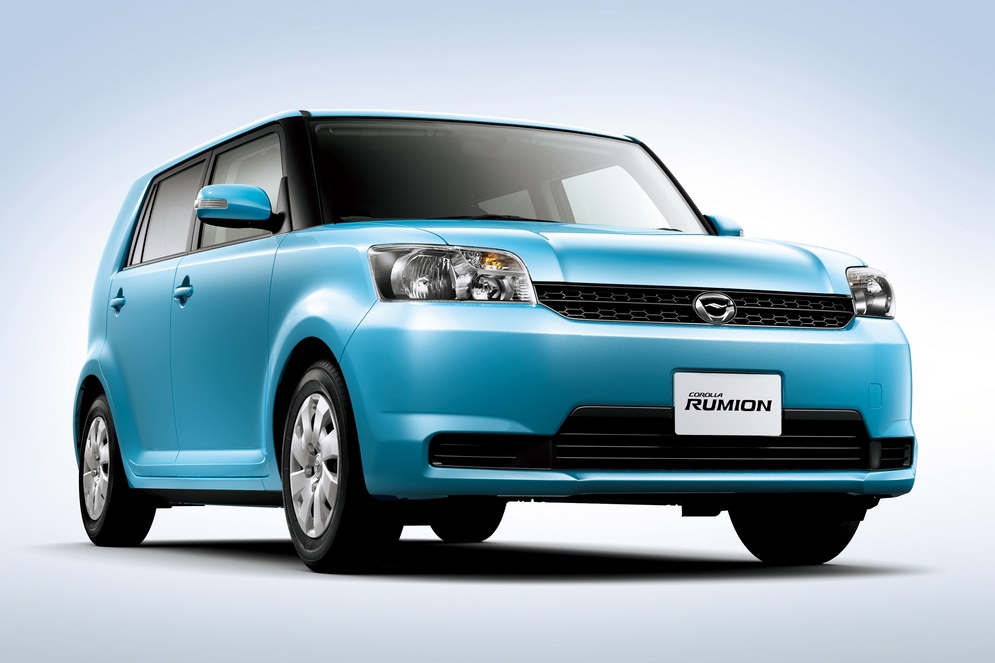

Toyota Spade. Fellow Toyota Porte with a more youthful defiant design, for the appropriate audience.
Toyota Passo. Toyota budget hatch, twin of Daihatsu Boon.


Toyota bb. The legendary "box" that has fans all over the world. The second generation lives on the assembly line for the tenth year, but is still fresh in design.
Toyota Harrier. A close relative of the Lexus RX: in the early 2000s, it differed from it only in its nameplate, but now it has received its own design and a separate range of engines.

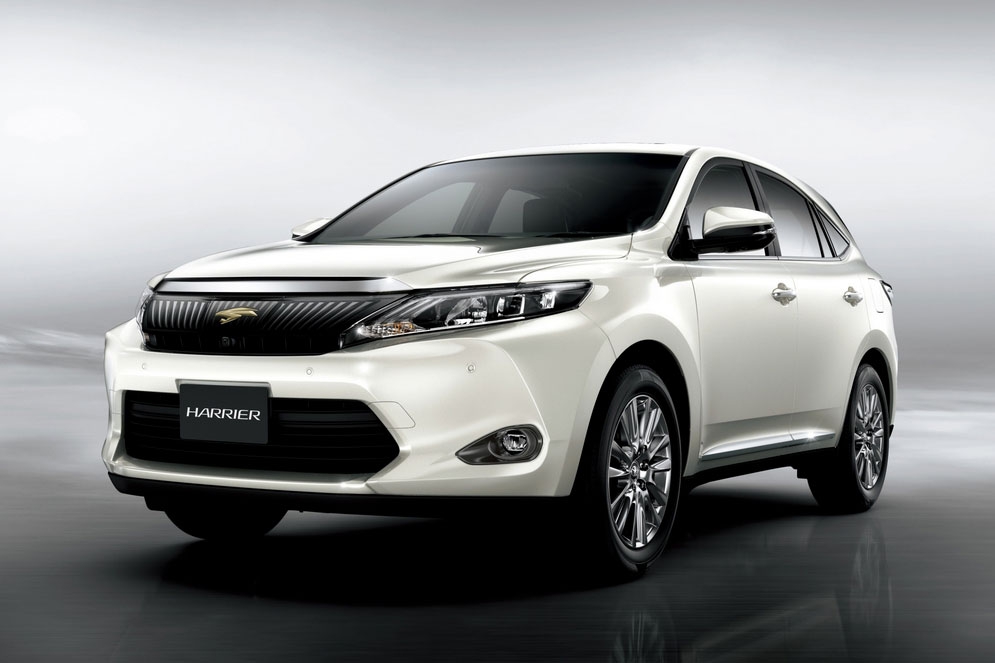
Toyota Rush. An honest subcompact crossover based on Daihatsu Terios, due to permanent all-wheel drive and a lockable center differential, allows you to feel confident on the road.
![]()
Nissan
nissan leaf. An electric car that, unlike the Mitusibshi iMiEV, has quite a decent exterior and interior.
nissan note. Subcompact van, which, despite good sales first generation, the Russian representation of Nissan wants to deprive us.
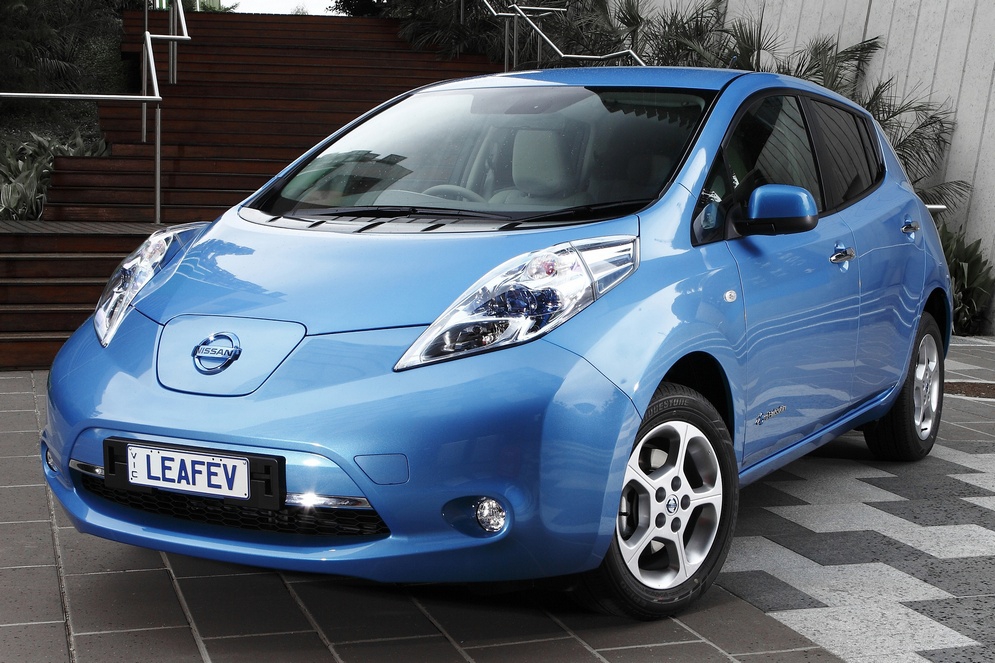

Nissan Cube. A car for those who like the idea of Toyota bB, but want a car with more rounded shapes.

Nissan March. An intra-Japanese version of the Micra hatch, which was recently sold in Russia.
nissan moco. Nissan analogue of the famous Suzuki MR Wagon.


Nissan NV100 Clipper. Another collaboration with Suzuki is the kei-car minivan.

Nissan Elgrand. Large and luxurious minivan, competitor to Toyota Alphard and Vellfire.
Nissan Lafesta. In essence, a Mazda Premacy minivan with a Nissan nameplate.


Nissan Wingroad. Station wagon based on the Nissan Tiida.

Nissan Fairlady Z. The “Beautiful Lady” is a small sports coupe, which was sold in Russia under the index with the letter Z. We don’t have the latest generation 370Z, but the predecessor 350Z was.
Nissan Fuga. Large business sedan, "clone" Infiniti Q70.


Nissan Cima. The same Nissan Fuga, but with an extended wheelbase with an eye on customers riding in the back row.

Nissan Sylphy. International golf sedan for 13 regional markets in addition to Japan. The previous generation of the model was called the Bluebird Sylphy.
Nissan Latio. An ugly budget sedan with a large trunk, playing in the same segment that the "Logan-like" Almera occupies in our market.


Mitsubishi
Mitsubishi Lancer Cargo. The model has nothing to do with the Lancer, being a "turned" version of the Nissan Wingroad.
Mitsubishi Mirage. Title-winning small ultra-budget hatch worst car in terms of manageability according to the American magazine Consumer Reports.
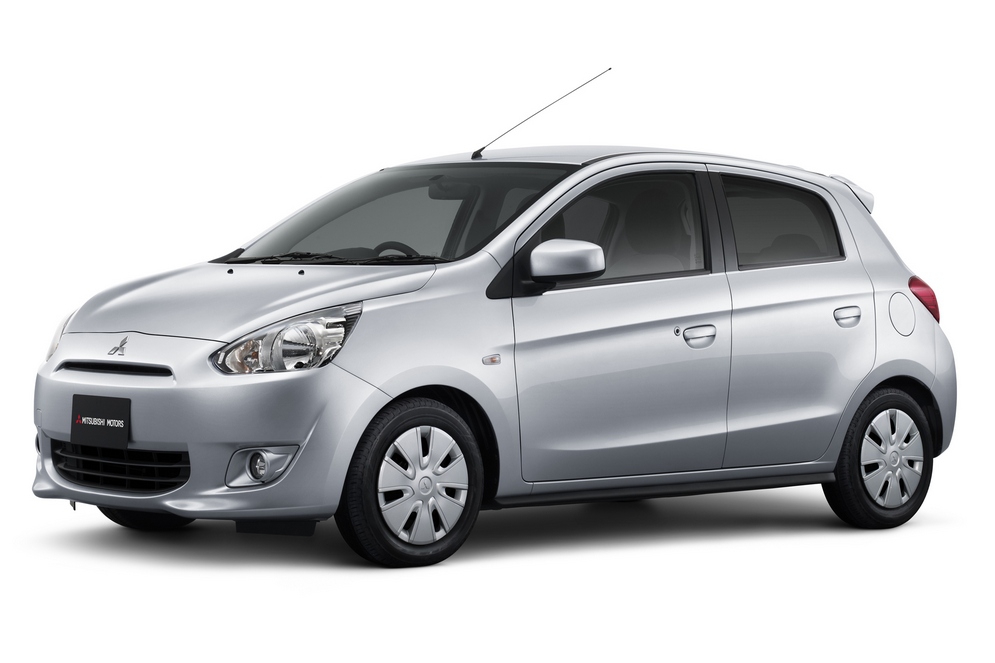

Mitsubishi Galant Fortis. That's what the tenth generation Lancer is called in Japan. Sold in sedan and hatchback body styles.
Mitsubishi RVR. Japanese title for a small crossover ASX. In addition to the usual, there is also a youth version of the RVR Roadest with an aggressive body kit.

Mitsubishi Delica d2. Box microvan, "turned" Suzuki Solio.
Mitsubishi Delica d3. Another copy, for which this time the Nissan NV200 became a donor.


Mitsubishi Delica d5. But this is the real successor to the “same” Delica, a large minivan with all-wheel drive and increased permeability. Own development of Mitusibishi Motors.

Honda
Honda Accord Hybrid. There are two hybrid versions of the Accord in Japan - classic and rechargeable from the mains.
Honda Fit. A small microvan known in Europe as the Jazz. It has an extended version of the Shuttle, as well as a hybrid modification.


Honda Freed. Medium sized van. It has a Spike version with a more chopped and strict body design, as well as, of course, an optional hybrid installation.
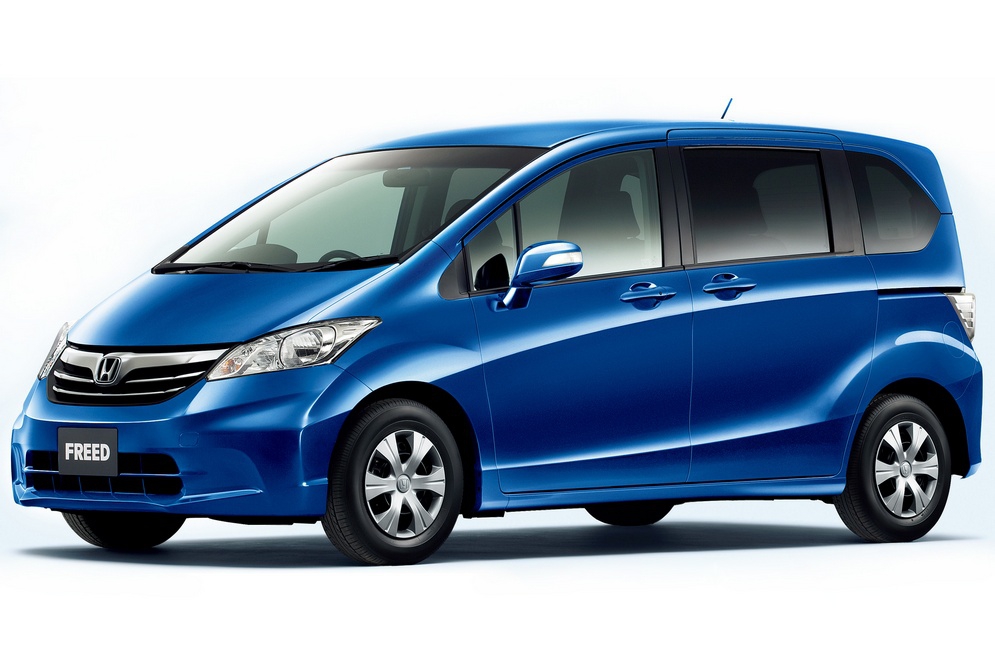
Honda Odyssey. A large minivan that, in addition to Japan, has gained good fame in the United States.
Honda CR-Z. Quasi-sport hybrid coupe. It looks fast, but the power unit of an electric motor and a 1.5-liter inline-four is not capable of much.


Suzuki
Suzuki Spacia. Large-capacity kei car with the most boring power unit based on the famous Wagon R.
Suzuki Hustler. Recently debuted in the Japanese market, a kei car with a pseudo-crossover design.

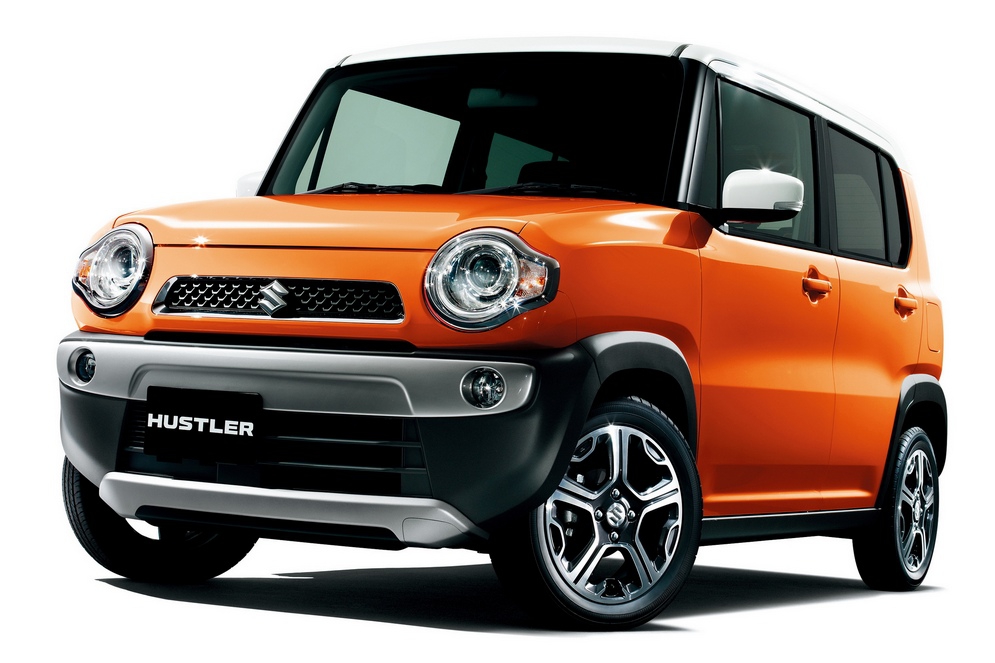
Suzuki Lapin. Cubic and rounded kei car, addressed mainly to a female audience and suspiciously reminiscent of the Nissan Cube.

Suzuki Alto. Simple in design, a "folk" kei car with the body of an ordinary hatch without a high "minivan" silhouette.
Suzuki MR Wagon. A small kei-car van aimed at a youth audience.


Suzuki Solo. A mid-sized minivan with sliding doors that resembles a kei car but doesn't actually meet that standard.
Suzuki Landy. Suzuki version of the Nissan Serena without any striking differences from the original.


Toyota's history dates back to 1933, when a loom company decided to take another industry and open up automobile production. A young guy decided to open this type of production, the son of the owner of the company Kiichiro Toyoda, who became a leader in the automotive industry and brought the company to the international level, while winning world fame.
In 1935, the first passenger car and the first truck of the company were created. In 1936, the Model AA was put on assembly line. In 1937, the company was renamed Toyota Motor Co. In 1947, the company launched the Model.
And with the advent of 1950, in the conditions of a severe industrial crisis, the company experienced a difficult and difficult strike of its own workers.
1952 is marked by the death of the founder of the company. By this time, Toyota was already in its prime and was ready to enter the struggle for leadership. In the 50s, the lineup expanded, which made possible the birth of the Land Cruiser SUV. Also in the United States, the foundation was laid for the creation of Toyota Motor, U.S.A, which was to begin importing cars to the American automobile market. In 1962, the company celebrated the production of the millionth car in its history.
In 1966 there is significant event and Toyota has its best and most massive car - Corolla. The production that the company is engaged in today. In 1967, the company enters into an agreement with Daihatsu.
In 1981, or rather, in 1982, Motor Co. and Motor Sales Co. , form the combined company Motor Corporation. At the same time, the release and production of the Camry model takes place.
By this time, the company had finally established its supremacy as a leader in the automotive industry in Japan, and began to rank third in the world in terms of the number of units produced. In 1983, Toyota entered into a multi-year contract with GM. The main event of the 80s can be called the foundation and start of production of such a brand as Lexus. Which became a division of the company, created to introduce cars of a more expensive level, high class, for business and VIP class people to the market.
Today, the automobile company is the largest automobile manufacturer in Japan, and one of the world's leading car manufacturers.
The Camry is the seventh generation of the E class sedan. The release of the car took place in mid-2011 in Hollywood USA.
The seventh generation Camry is wider and lower. The most notable design changes have been made to the exterior, the front end, where new headlights, a bumper and a chrome grille have found their way. The taillights also received a slight change, giving the car a more chic look. For many years, the Camry has been the best-selling passenger car in the United States. The model is manufactured at factories in Japan, at large factories in America, production has been launched in Australia, and even in Russia and China. Ukrainian sales of the seventh generation Camry started in October 2011.
Corolla is a class C sedan, the premiere of the eleventh generation, the model of which took place in mid-2013.
The car has become much more aggressive in appearance. In addition, the sedan has again grown in size. And if we talk about the interior of the car, the changes were not as noticeable as it was with previous generations. The interior of the car is quite restrained and elegant. The motto of the eleventh generation is that classics are always in fashion.




